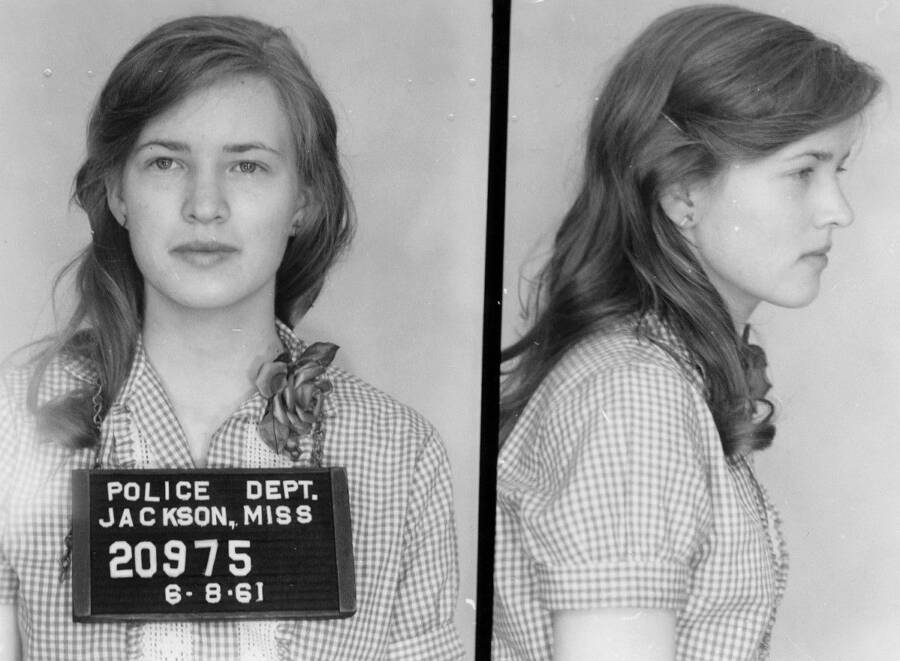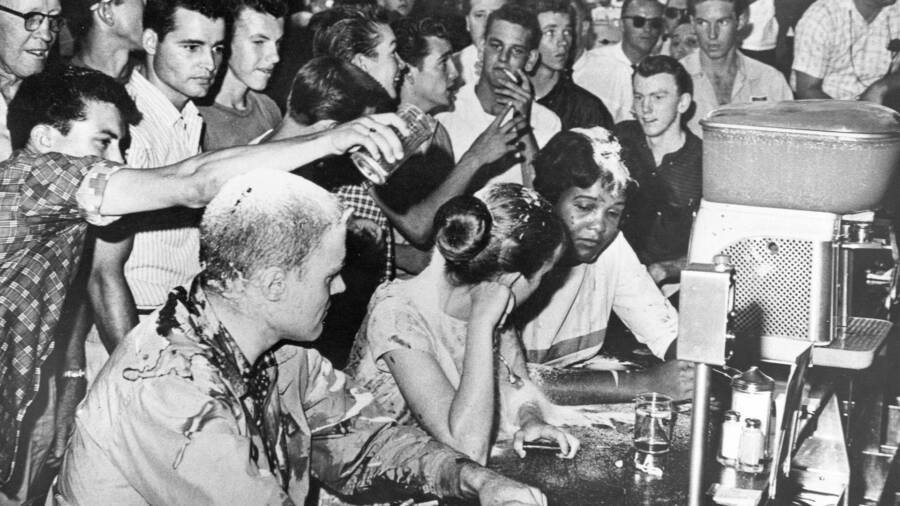Joan Trumpauer Mulholland: The White Activist Who Sat On Death Row

Wikimedia CommonsJoan Trumpauer Mulholland was thrown in prison for supporting the Freedom Rides in 1961.
As a white woman, Joan Trumpauer Mulholland could have ignored the civil rights movement entirely. Instead, she put her life on the line to support it.
Though she grew up in an “all-white world,” Mulholland was disturbed by the disparities she noticed between Black and white neighborhoods.
“I could see with my own eyes the difference between the Black school and the white school,” Mulholland later said. “That really struck me.”
When she enrolled in Duke University in 1960, Mulholland spent more time going to sit-ins than pledging for sororities. After a year, she dropped out and moved to D.C., where she helped plan the Freedom Rides.
These bus trips across the South aimed to test federal laws banning segregation on public transit. But they infuriated segregationists. On May 14, 1961, furious protestors bombed a bus full of Freedom Riders in Anniston, Alabama. Mulholland and other activists promptly flew south to protest the injustice — and were thrown in jail.

National Museum of American HistoryCivil rights leader Mulholland, center, during a violent sit-in in 1963.
She and other female activists were subjected to vaginal exams and kept on death row. But the scare tactics didn’t work on Mulholland. As soon as she left jail, she returned to the fray.
In the next several years, Mulholland enrolled in an all-Black college — where she met Medgar Evers and Martin Luther King Jr. — participated in the violent Woolworth sit-in in 1963, and had a close brush with the KKK.
In that instance, KKK members stopped Mulholland and other activists as they drove out of Canton, Mississippi. Though the KKK beat their driver, they let the activists on their way.
“That night on the road out of Canton,” Mulholland later said, “we were all convinced that it was the end.”
Mulholland later learned that the KKK had meant to kill them, and because they failed, they killed three other activists instead — Michael Schwerner, James Chaney, and Andrew Goodman.





